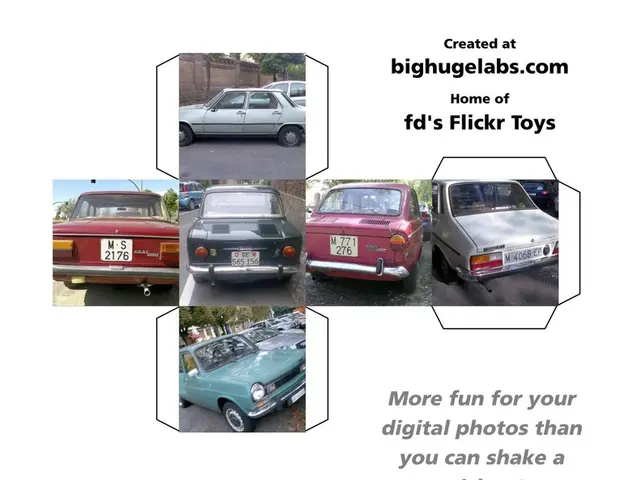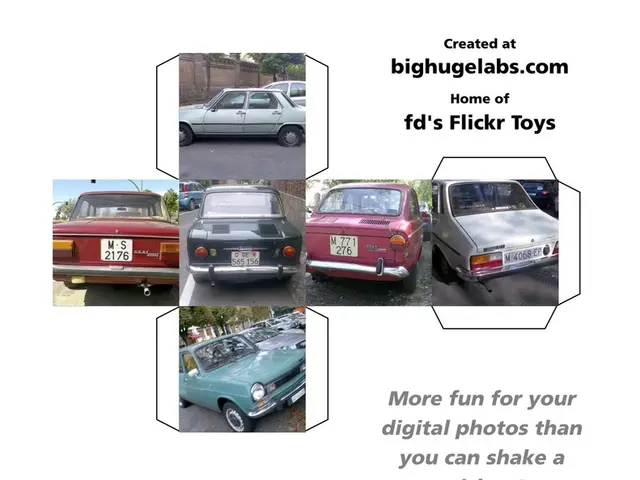Affordable and Adaptable Propane Emerges as a Smart Fuel Choice for Fleet Vehicles
The United States ranks as a top producer of propane autogas, a third most popular transportation fuel worldwide, offering a viable and sustainable solution for fleets across the nation.
Propane poses no threat to groundwater, surface water, or soil, making it an ideal choice for installation in areas where other fuels cannot. With onsite fueling being the most common option for fleets, a suite of services for infrastructure installation, including management of permitting and legal requirements, is readily available.
One notable example of propane's success is the Suburban Mobility Authority for Regional Transportation (SMART) in Michigan, which operates a 100% propane paratransit fleet, traveling nine million miles annually. SMART has installed three onsite fueling stations, each with two 19,000-gallon tanks.
Propane offers significant cost savings, with costs 40-50 percent less per gallon than conventional fuels like diesel or gasoline. This reduction in daily operating costs includes fuel and maintenance expenses. Moreover, the ROUSH CleanTech Ford E-450, a popular choice among fleets, meets all federal Buy America standards and has completed the Federal Transit Administration's (FTA) New Model Bus Testing Program, making it eligible for federal funding that covers 85% of the vehicle cost with a 15% local match.
Transit agencies can easily integrate propane infrastructure, reducing costs and eliminating range anxiety due to fewer financial and geographical constraints. Thousands of propane suppliers across the country help fleets choose the right fueling option based on fleet size, routes, budget, and facility space. Companies like Raygor's offer training, maintenance, fuel management, and tracking services for propane fleets.
The environmental benefits of propane are equally impressive. It burns cleaner than gasoline and diesel, resulting in significantly lower emissions of nitrogen oxides (NOx) and greenhouse gases. Advanced technologies, such as Stanadyne's new propane direct-injection fuel system, offer performance on par with gasoline or diesel engines, including high horsepower and towing capacity, making propane viable for various fleet needs.
Various programs provide incentives, vouchers, and grants to support fleets transitioning to propane autogas. Examples include California’s Hybrid and Zero-Emission Truck and Bus Voucher Incentive Project (HVIP), which offers hundreds of millions in funding that can be applied to propane vehicles meeting low NOx standards. Other funding options include federal and state grants, non-profit and state-level incentives, and private financing like Property Assessed Clean Energy (PACE) loans.
Propane's success is evident in numerous transit agencies across the U.S. Over 15 agencies in Michigan operate nearly 500 propane autogas buses, while school bus fleets, such as those equipped with Blue Bird’s propane-powered Type C Vision school bus, have led adoption in several states. New propane autogas step vans and medium-duty trucks with direct injection technology are being introduced for delivery and transit use, further expanding propane’s applications.
In conclusion, propane autogas offers U.S. fleets a financially and environmentally attractive alternative to gasoline and diesel, supported by a broad range of funding opportunities and proven success in public transit agencies and school districts. Its adoption is bolstered by advanced technology and renewable fuel options, making it a strong candidate in the transition to cleaner transportation solutions.
Read also:
- President von der Leyen's address at the Fourth Renewable Hydrogen Summit, delivered remotely
- Unveiling Innovation in Propulsion: A Deep Dive into the Advantages and Obstacles of Magnetic Engines
- Intensified farm machinery emissions posing challenges to China's net-zero targets
- EU Fuel Ban Alerts Mercedes Boss of Potential Crisis








